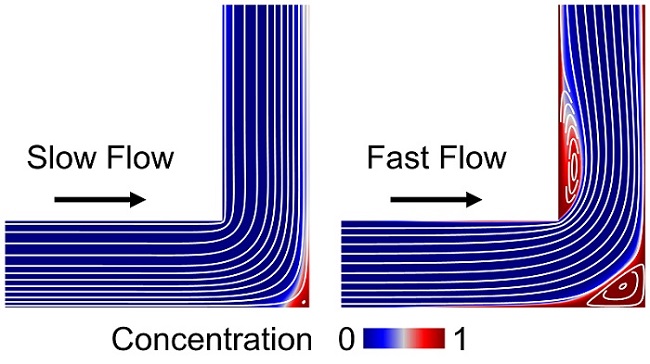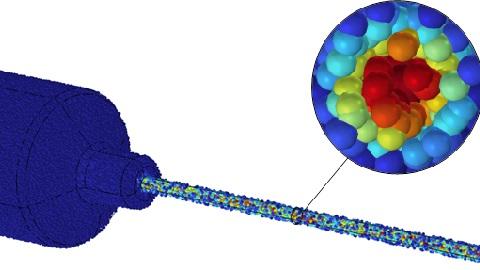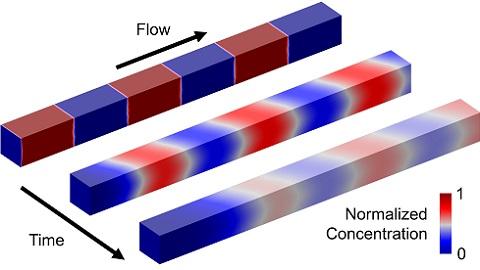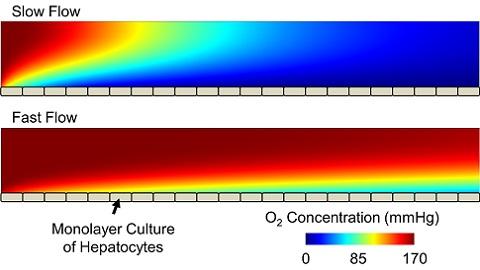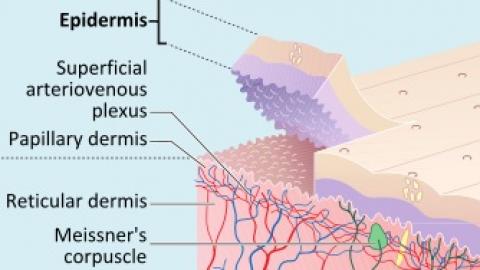Veryst assists clients in addressing problems involving transport of chemical substances. Our experience in species transport includes transdermal drug delivery and permeability of polymer systems. We employ advanced computational methods to model the complex coupled interactions between solute concentrations and carrier material properties, applying appropriate simplifications for cases involving low concentration species transport. We also develop specialized algorithms for advection-dominated mass transfer problems with very high Péclet numbers. Our clients have used our analyses of their existing products both to understand performance and develop improvements, which in some instances has resulted in new intellectual property.
